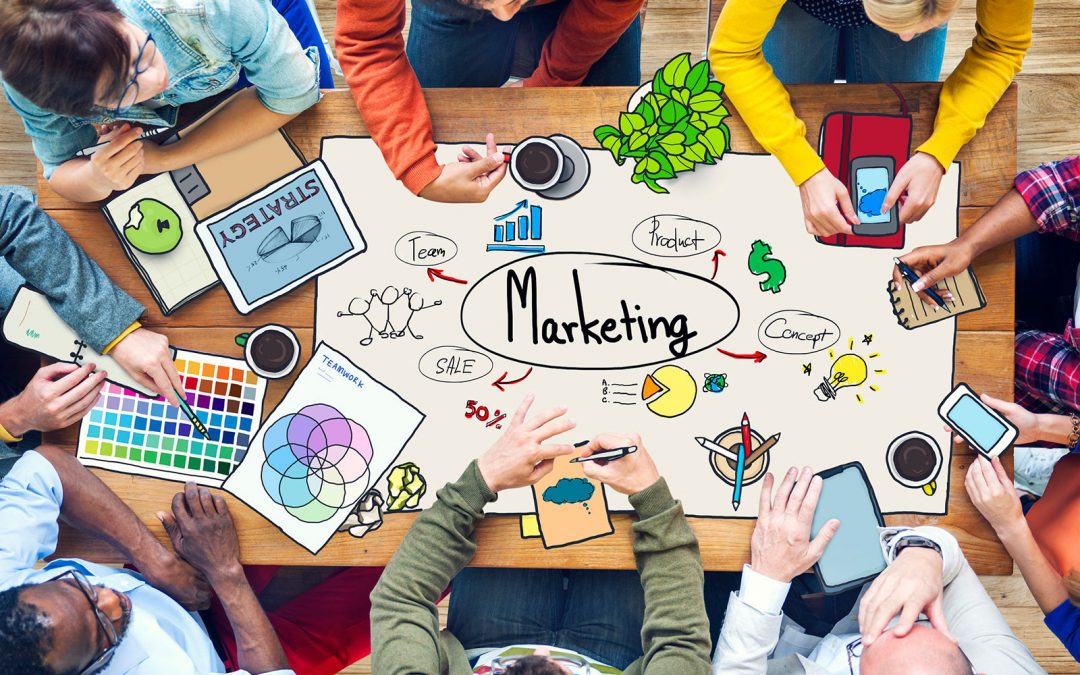
What is Marketing? How Does it Work?
If you’ve ever wanted to know: What marketing is, how it works and how it applies to your business? Then stay reading as the breakdown exactly what marketing is, how it all works and why it’s such an important, if not the most important, element to business success will be explained.
I fell in love with marketing years ago, when I first got interested in figuring out why people buy, act the way they do and later how they can influence & persuade others; essentially affect human behaviour. Whether you have a business or not marketing happens pretty much every day. Any time you try to convince friends or family to see a certain movie or eat at this restaurant or not, basically try to convince them to do anything; marketing is happening.
Marketing is really important to understand, because you are constantly being marketed to by everyone from everywhere. From something as simple as someone trying to sell you a pair of shoes to something a lot bigger, like buying a new house, moving across the country or even changing careers. All of this, requires and uses marketing.
What is Marketing?
Let’s point out first that marketing is not just advertising; advertising is marketing. Basically, marketing is a major business function that’s made up of many parts, one of which of course is advertising, but there’s many more like: PR, market research, social media, content marketing, search engine marketing, search engine optimization (SEO), pricing, pricing psychology, copywriting and one of my personal favorites, direct response or direct response marketing and quite a few more. Therefore, saying that marketing is just advertising and is like saying that finance is just taxes, HR is just hiring people or legal is just not getting sued.
Sure, these are all important but that’s just one piece of the entire puzzle. This is why marketing can seem pretty overwhelming. So, what exactly is marketing? The first thing you need to know if the four P’s of marketing: product, price, place and promotion. Product being the details around whatever product or service is being sold. Price being the amount of money you are going to charge for your product or service being offered. Place is where the products are being sold, and promotion is what media channels you’re going to use to get it in front of your customers. Moreover, it is how you’re going to sell more of the product/service and what you’re going to do to get the word out about your business.
Marketing in its most basic sense, is communicating value to your customers. It’s essentially answering the question of your customers “Why should I care?” Marketing helps people solve their problems by clearly defining, delivering solutions and really explaining the benefits of your solution. In turn, letting them get better results.
Moreover, marketing is about connecting with people, understanding their pains, their problems and their frustrations, and making them feel understood so that you can position your business as the solution to their problems. Essentially, marketing needs to make them feel better and if done right it is a really powerful force.
As anyone that’s been in business for any length of time can tell you, it’s not always the best product or service that wins, in fact it rarely is, rather it’s the product or service with the best marketing. Like it or not, that’s just kind of how it works which is why having good marketing is just so important.
Value Is Key!
Now that you have a better understanding of the basics behind marketing, the thing that will allow you to do the best marketing is; communication value to your customers. Marketing can create value and in turn your marketing can be valuable.
An example could be a blog post that helps someone out, even before any money has changed hands, or an advertisement someone sees that brightens their day & makes them laugh, or luxurious packaging that is over-the-top that makes someone feel special for having purchased it. Whether they choose to buy or not, the way a product or service is delivered can transfer your customers’ view of you.
Traditionally, economics assumes that people make buying decisions rationally, logically and with perfect information, but this is rarely and pretty much never the case. We as humans are emotional, often highly illogical and rarely have the full set of facts when making any decision, which explains why marketing is so important and so powerful.
After all, if we made all of our purchasing decisions based solely on logic, utility and the value we would get from these products, then the entire luxury goods market wouldn’t even exist. With that being said not all marketing is created equal.
What is Good Marketing?
However, when it comes to marketing and with many other things in life, there is good marketing and there’s bad marketing. Bad marketing is all of the reasons that marketing gets such a bad reputation. It’s that hype, spammy, over-the-top sleazy sales kind of marketing, that we all know we’ve all seen and nobody likes. It’s the stuff that looks cheap, makes people feel dirty, even just looking at it and promotes bad products or bad services that really helps nobody. It’s the fake countdown timers you sometimes see on websites, the going-out-of-business sales that never end and the pushy promotion of useless products. That’s bad marketing!
Good marketing on the other hand, helps customers achieve their goals, makes them feel better about themselves and has the power to truly change the world.
So my question to you is: What kind of marketing do you do, or do you even do marketing? That was a rhetorical question. If you say the bad marketing, I got nothing for you but if you say the good kind and which I am hoping you did, then make sure to check out my free marketing call button below, which is going to give you even more practical & effective marketing strategies to help take your business and your marketing to the next level and way beyond that.



